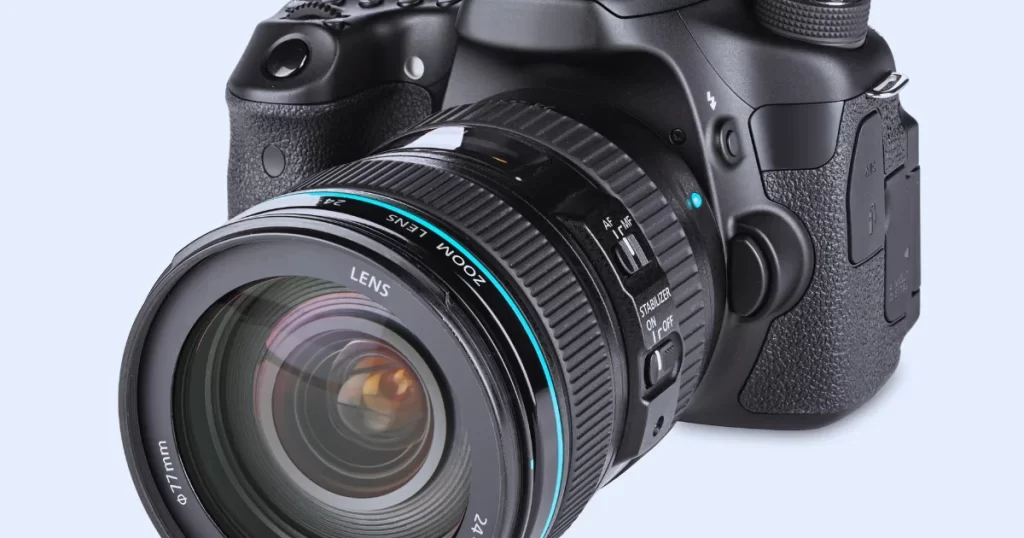Choosing the right headshot background is crucial. The best backgrounds for headshots make your photo look clean. A Headshot Photo Retouching Service can fix lighting. It can remove blemishes. It can improve quality. The right background for professional headshot enhances your image. Updated headshots help with LinkedIn. They help with resumes. They help with portfolios. Every detail matters for a strong first impression.
You don’t need to worry. Choosing a background does not have to be hard or cost lots of money. You can find many good backgrounds at your home or office. A plain wall in a neutral color is an easy choice. You can also use an outside area like a park. The best background is one that does not take attention away from your face. So think about what you want your headshot to say about you and pick a background that matches that.
Let’s dive below for a detailed explanation!
Table of Contents
What Makes a Good Headshot Background?

A good headshot background makes you, the person, the main thing people look at. It should be simple and not have lots of stuff going on. Colors that are soft and not too bright are best. This way, nobody is looking at the background instead of you. A blurry background, they call it bokeh, is also very nice for headshots.
Photography captures emotion. Clothing shapes identity. Portrait reveals personality. Studio creates perfection. Textures add depth. Attire defines character. Professions show purpose. Connection builds meaning.
The background should also fit with why you need the headshot. For a job, a plain background is best. It looks professional. If you are a creative person, maybe a background with a little texture is okay. But it should always be behind you and not too busy. The best background makes you feel confident and helps you look your best for the camera. It is not complicated and makes the whole picture look clean.
Headshot Backgrounds to Avoid
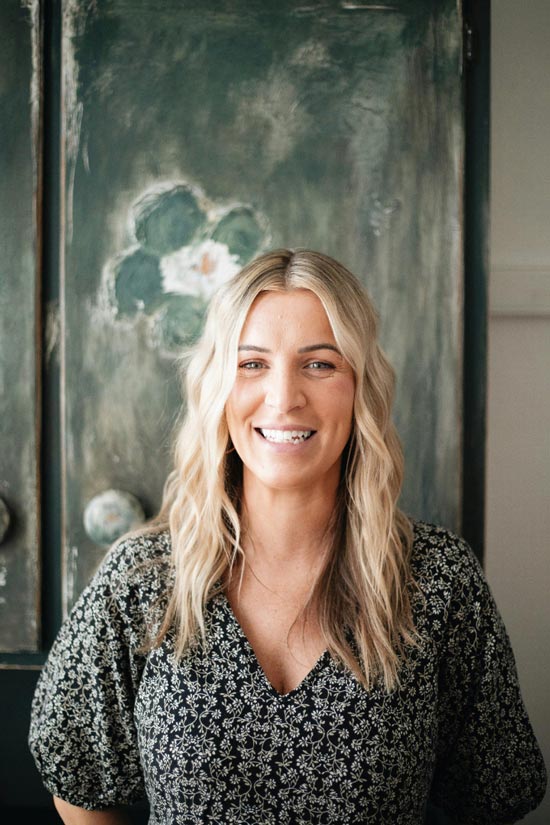
Some backgrounds for headshots are just weird, and you should avoid them. A weird background is one that has things growing out of your head, like a tree branch or a lamppost. This looks funny and not good. Also, backgrounds with lots of bright colors or crazy patterns are weird. They make the picture too busy and confuse the person looking at it.
Photoshop refines visuals. Greenery enhances freshness. Solid-colored background highlights focus. Creatives express vision. Photo editing improves quality. Canva supports design. Background removal isolates the subject. Lightroom enhances tone.
Backgrounds that are too messy or have lots of clutter are also weird. Like a room with an unmade bed or a kitchen with dirty dishes. This does not look professional. Another weird thing is when the background is too close to your head. It can feel squishing. The best headshots have space around you. So, remember to check what is behind you before you take the picture, so it does not come out weird.
What Makes a Headshot Background Creepy?
A headshot background can be creepy and make people feel uncomfortable. A dark and shadowy background is often creepy. It can look like you are hiding in a dark place. Backgrounds with strange objects, like old dolls or broken things, are also very creepy. They take the attention away and make the headshot scary.
Headshot photography captures detail. Color and texture create mood. Seamless paper provides consistency. Outdoor backgrounds add realism. Narrative gives context. The headshot photographer directs the expression. Aperture controls light. Props enhance the story.
Sometimes a background is creepy because it is out of focus in a bad way. It looks blurry and strange. A background with a door that is open just a little bit can feel creepy because people wonder what is behind it. Colors that are too green or too yellow can make the skin look sick, and that is creepy, too. For a good headshot, you want a background that feels safe and nice, not one that gives a scary feeling.
How to Avoid Creepy Headshot Backgrounds
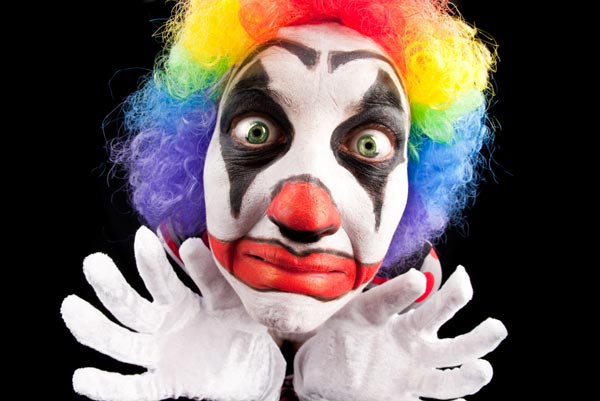
You can easily avoid creepy headshot backgrounds by being careful. First, always look at what is behind you. Make sure the area is clean and has good light. A well-lit room with a plain wall is a safe choice. If you are outside, pick a time of day when the sun is not making strange shadows. This helps a lot with no creepy pictures.
Branding builds identity. The corporate sector values image. Personal branding boosts credibility. Headshot services support professionals. LinkedIn profile showcases professionalism. Adobe Photoshop perfects visuals. Adobe Lightroom balances lighting. Murals add creativity. Outdoor shots capture realism. Urban backgrounds reflect modernity. Trends influence style. The medical field values precision.
If you use a background from a computer, a digital one, pick a simple one. Not a background of a spooky forest or a dark alley. Tell the photographer if you think the background looks a little weird. They can help you find a better one. Also, keep the background far enough away from you. This stops it from looking like it is touching you. By thinking about these things, you can make sure your headshot background is friendly and not creepy.
Best backgrounds for headshots
The best background for headshots is simple and lets you face the star. A plain background in a solid color is always a good pick. It looks clean and professional. You don’t need lots of money for a fancy background. A simple wall or a big piece of paper can work perfectly. The background should not fight with you for attention in the picture.
DIY backgrounds inspire creativity. Studio backdrops ensure control. Indoor backgrounds offer stability. Expert composition guides focus. Outdoor lighting creates depth. Light fall-off softens edges. Vignetting draws attention. Gaussian Blur refines detail.
Another good background is a natural one outside. Like in a park with some green trees that are blurry. This can give a friendly and approachable feel. For a more modern look, a brick wall or a simple gray wall is nice. The key is that the background helps to tell the story about you without using any words. It makes the headshot complete and polished.
White or light gray

White or light gray backgrounds are a classic choice for headshots. They are very clean and make your face really pop out. A white background is great for corporate headshots because it looks very professional. It also makes the picture look bright and happy. Light gray is a little less bright than white, but it also looks very clean and modern.
These colors are easy to find. You can use a white wall or hang a white sheet. The good thing about white and light gray is that they go with any color of clothes you wear. They are not distracting at all. Everyone looks good on a white or light gray background. It is a safe and always good option for any kind of headshot you need.
Black or dark gray, or dark blue
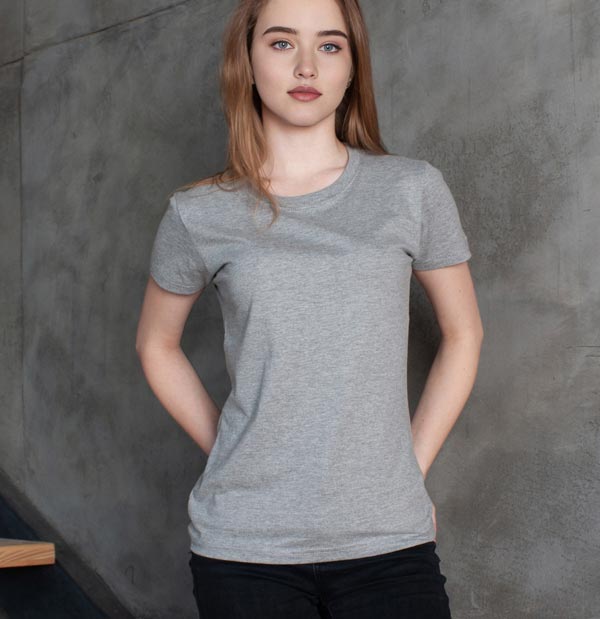
Black or dark green, a y or dark blue backgrounds make a headshot look strong. A black background is very dramatic and makes you stand out boldly. It is a good choice for actors or people in the creative industry. Dark gray is similar to black but a little bit softer. Dark blue can look very professional and trustworthy.
These dark backgrounds are good for making you the absolute focus. They can also hide a messy room behind you if you take the picture at home. When you use a dark background, it is good to have a light on your face so you do not disappear into the dark. This kind of background makes a headshot that is memorable and has a lot of impact.
Bold and colorful
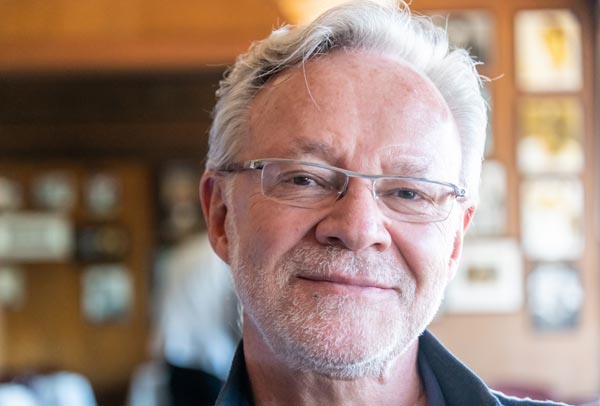
A bold and colorful background can be fun for a headshot if you do it right. It is good to show your personality, especially if you are in a creative field. A bright color like blue or red can be exciting. But you have to be careful so the color is not too strong so that it hurt people’s eyes or take attention away from you.
The best way is to pick one bold color and not a mix of many colors. The color should also look good with your skin and clothes. If the background is too colorful, it can make the headshot look less professional for a serious job. So, use a bold background when you want to show you are creative and fun, but remember to keep it simple so you are still the main thing in the photo.
Brick
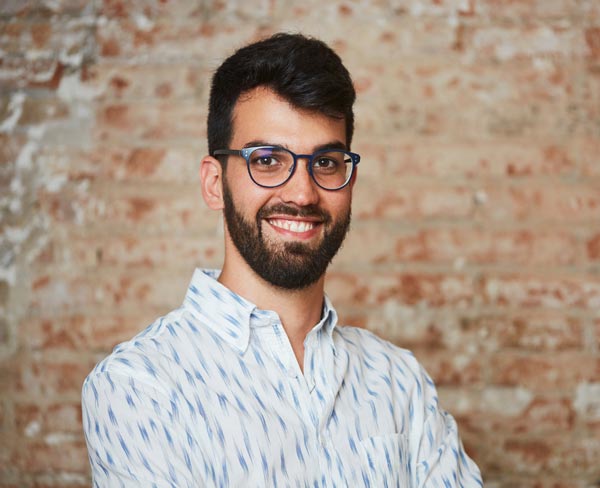
A brick background is a popular choice for headshots. It gives a texture that is interesting but not too busy. A red brick wall can look urban and cool. A white or gray brick wall can look more modern and clean. The lines and texture of the brick add depth to the picture without being distracting.
When you use a brick background, make sure it is not the only thing people see. The brick should be behind you and not take over the whole picture. It is a good background for people who want a headshot that is not plain but also not too crazy. It works for many different types of jobs and personal brands. A brick background is a reliable and stylish option.
Natural outdoor setting
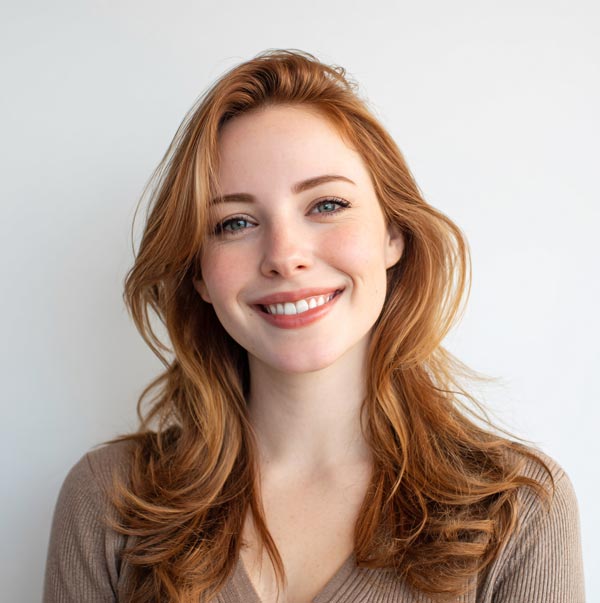
A natural outdoor setting is a beautiful background for a headshot. You can use a park, a garden, or a field. The green from plants and trees makes a soft and friendly background. Natural light outside is also very flattering for your skin. It makes the headshot look fresh and genuine.
The key is to find a spot that is not too busy. A blurry background of leaves and trees is perfect. You don’t want people to see a busy street or lots of people behind you. Poses simple against this natural backdrop. This kind of background is great for showing an approachable and warm personality. It is a classic that always looks good.
Contextual
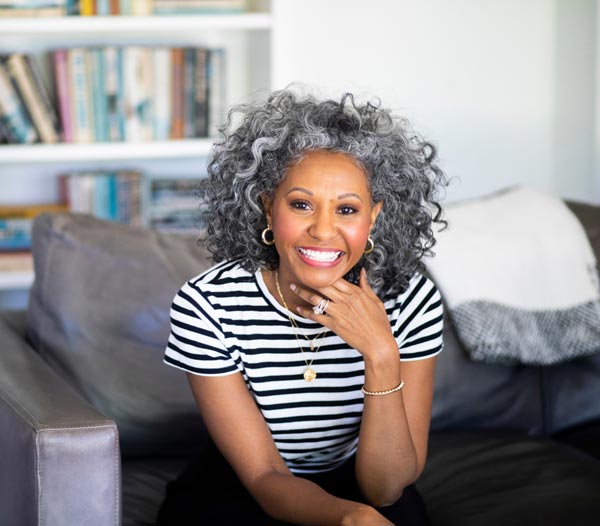
A contextual background tells something about you or your job. For example, a chef might have a kitchen background. A teacher might have a classroom or bookshelf behind them. This type of background adds a story to the headshot. It helps people understand more about you right away.
When using a contextual background, it is important to keep it simple. The background should not be too cluttered. You should still be the main focus. The context is just a hint about your life or work. This makes the headshot more personal and memorable. It is a great way to connect with people who see your picture.
Minimalistic pattern
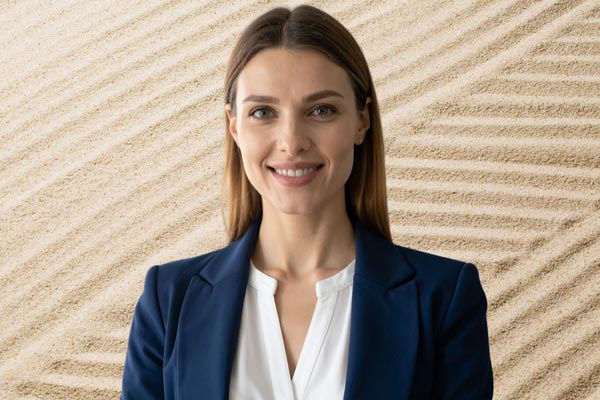
A minimalistic pattern can be a good background if you are careful. Patterns like simple lines or soft shapes can add a modern touch. It is more interesting than a plain wall but not as busy as a bold pattern. The pattern should be subtle and not have high contrast colors.
The pattern must be behind you and out of focus a little bit. This stops it from fighting with your face. A minimalistic pattern works well for creative professionals who want to show a sense of style. But it is not the best for very formal headshots. Remember, the pattern is there to support you, not to be the star of the show.
How to create backgrounds for headshots
You can create your own headshot backgrounds easily and cheaply. One way is to use a poster board or a big piece of fabric. You can buy them at a store. Then you hang it on a wall behind you. This gives you a solid color background. It is very simple and works very well.
The Curves Adjustment layer corrects tones. The Bokeh effect softens the background. The photography industry demands skill. Studio pod supports workflow. Facial expression conveys emotion. Accessory choices enhance style. Foreground props add depth. Stylistic portraits highlight creativity.
Another way is to use a physical wall in your house. Pick a wall that has a nice color and no things on it. You can also use a blank room. If you have a camera and a computer, you can use digital background files. The photographer can put you in front of a green screen and then add any background later. This gives you lots of choices.
Poster board, fabric, etc.
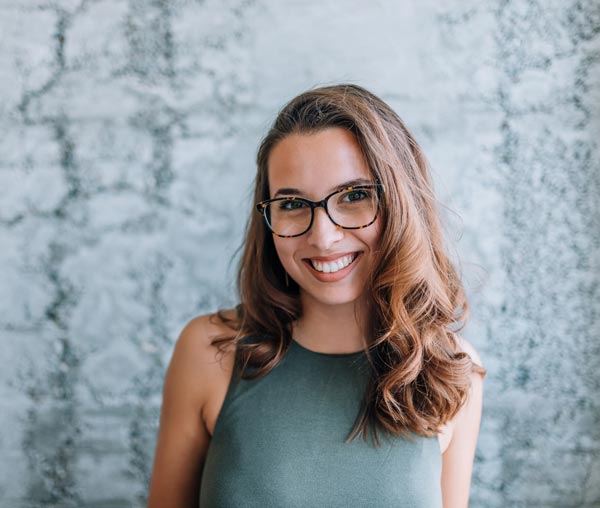
Poster board and fabric are great for making your own background. They are inexpensive and you can find them in many colors. A big piece of white or black poster board can be a perfect backdrop. You can tape it to the wall. Fabric, like a muslin cloth, can be hung up behind you. It sometimes has nice folds that look professional.
Kyle Bondeson Photography captures moments. Joseph West directs expression. Peter Hurley inspires portraits. Richard Avedon defines style. Irving Penn shapes fashion. Karen Vaisman creates vision. Sony 70-200/2.8 GM II focuses sharply. 135/1.8 GM isolates subjects.
The good thing about this is you can try many colors without spending lots of money. You can even use an old bed sheet if it is ironed and has no wrinkles. This is a good way to experiment with different looks for your headshot. It makes you feel like a professional photographer without the big cost.
Physical wall

A physical wall in your home or office is the easiest background to use. You don’t need to buy anything extra. Just find a wall that is plain and has a color you like. A neutral color like beige, gray, or light blue is good. Make sure there are no light switches, pictures, or decorations on the wall.
Stand a few feet in front of the wall so your shadow does not fall on it. The wall should be smooth and clean. This simple setup can give you a very professional-looking headshot. It is a no-fuss option that works for everyone. You can take the picture yourself or have a friend help you.
Digital files
Digital files for backgrounds are a modern way to do headshots. This is when the photographer takes your picture in front of a green screen. Then, on the computer, they can replace the green with any picture you want. It can be an office, a sky, or a color. This gives you many options from one photo session.
Creative arts inspire imagination. Studio lighting controls exposure. F/5.6 to f/11 balances depth. Artificial Intelligence enhances editing. Remove.bg eliminates backgrounds. Cleanup. Pictures fix flaws. Vector conversion simplifies shapes. Mirror effect doubles visuals. Color change alters mood. Digital compositing merges elements.
The good thing is you can change the background later if you want. The bad thing is it can sometimes look fake if not done well. You need a photographer who knows how to do this properly. The lighting on your face has to match the digital background. When done right, it is a very versatile way to get the perfect headshot background.
Lighting
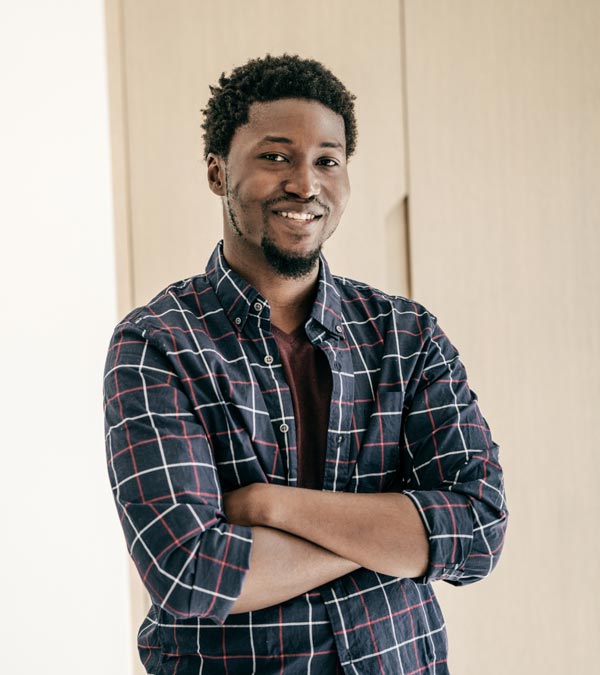
Lighting is very important for the background in a headshot. Good light makes the background look its best. If you use a plain background, you can shine a light on it to make it bright and even. This looks clean and professional. If you want a darker background, you can light only your face and let the background go dark.
Natural light from a window can also create a nice effect on the background. But be careful of shadows. The wrong lighting can make a good background look weird or creepy. Always test the light before you take the final picture. The goal is to have a background that is well-lit and complements you, not one that has strange shadows or hot spots.
Edits
Edits after the photo is taken can help fix the background. Sometimes there is a small mark on the wall or a wrinkle in the fabric. The photographer can remove this with editing software. They can also adjust the color of the background to make it perfect. This is called retouching.
A clipping path defines edges. Image masking hides areas. Photo retouching improves quality. Object Selection tool isolates subjects. Image compositing merges elements. Post-processing finalizes photos. Urban environments provide context. Graffiti murals add vibrancy.
They can also blur the background more if it is too sharp. This makes you stand out. But edits should not be used to fix a very bad background. It is better to start with a good background and then use edits for small tweaks. Too much editing can make the picture look fake. So, get the background right first, then use edits to make it a little bit better.
Why backgrounds are important for professional headshots
Backgrounds are important because they set the tone for the whole headshot. A good background makes you look professional and polished. It tells people that you care about your image. A bad background can be distracting and make people not trust you. The background is a big part of the first impression you make.
Environmental headshot reflects context. Corporate headshot packages offer options. Collaboration improves results. The company’s website displays work. Master Retouch Artist perfects images. Background remover isolates the subject. Pixlr edits efficiently. Fotor enhances photos. Snapseed adjusts details. Luminar Neo refines visuals.
City settings create an atmosphere. Syracuse University inspires learning. Facebook connects users. Instagram shares visuals. Color psychology affects perception. Smartphones capture moments. The ghost mannequin shows clothing. Manfrotto stabilizes cameras. Portrait session records expression.
In a professional headshot, you are the product. The background is the packaging. Nice packaging makes the product look more valuable. A simple, clean background makes you face the center of attention. It helps you look confident and capable. That is why you should never forget about the background when planning your headshot.
FAQ on Best Backgrounds for Headshots
How to choose the best backgrounds for headshots online?
The best backgrounds for headshots online depend on your field and what you want the photo to do. Simple or neutral backgrounds are often best because they draw attention to your face. You can also look into online tools that let you see how different backgrounds will look with your headshot before you choose one.
Where can I find a free headshot background?
There are a lot of websites that have free backgrounds for headshots that are good for professional photos. You can use high-quality, royalty-free pictures from sites like Unsplash, Pexels, and Pixabay. Choose a background that goes well with your outfit and doesn’t draw attention away from your face.
How can I use an office background for a headshot?
A headshot with an office background can make you look professional and friendly, which is great for business profiles. You can either take a picture of yourself in a real office or use online tools to put yourself in an office setting digitally. Make sure the lighting is the same as in your original photo so that the background looks real and not edited.
What is the best headshot background editor?
A good headshot background editor should be easy to use, give you high-quality results, and let you change the background in a variety of ways. Canva, Remove.bg, and Fotor are all popular tools that make it easy to change backgrounds. To get a polished and professional final image, look for editors who keep the original resolution of your photo.
What is the best background color for headshots?
The best color for the background of a headshot depends on your skin tone, what you’re wearing, and what you want the photo to convey. For corporate headshots, white, gray, or beige are safe colors. Darker or more muted colors can make the picture look more professional. Don’t use backgrounds that are too bright or have patterns on them because they can take attention away from your face and professional look.
Final Word
It takes you time to think about what you want your headshot to say. Then, pick a background that matches that feeling. Whether you use a wall at home or a digital file, a good background will make your headshot much better. It is a small detail that makes a big difference.
Want your headshots to really pop? Get in touch with Cutout Image Media, the graphic design pros, and let us help you pick the best background to make your pictures look great!



